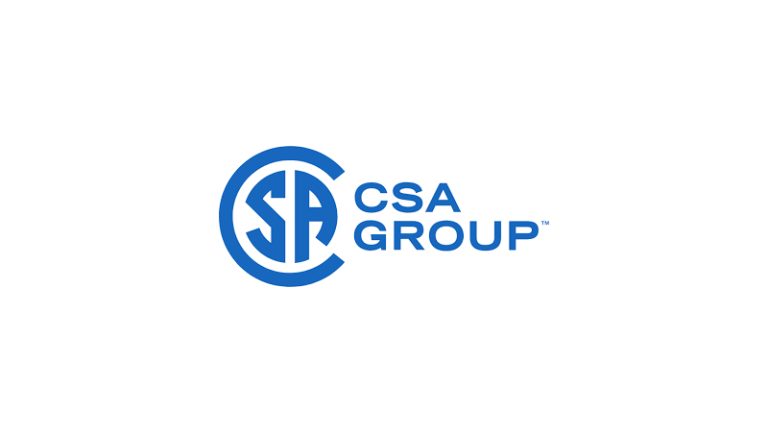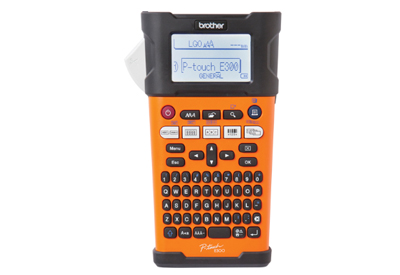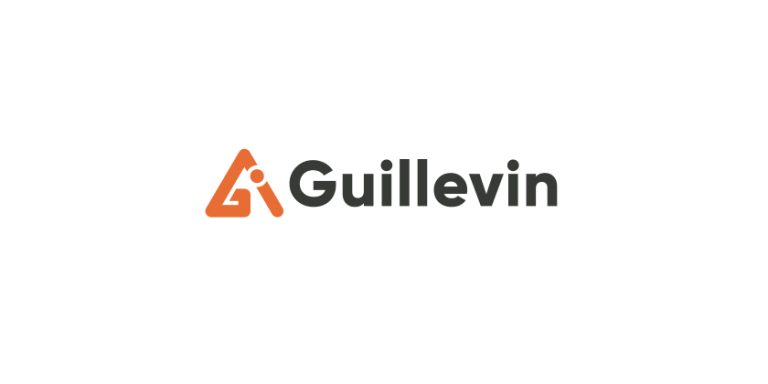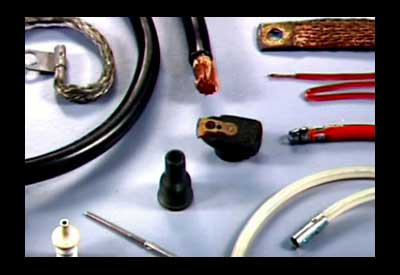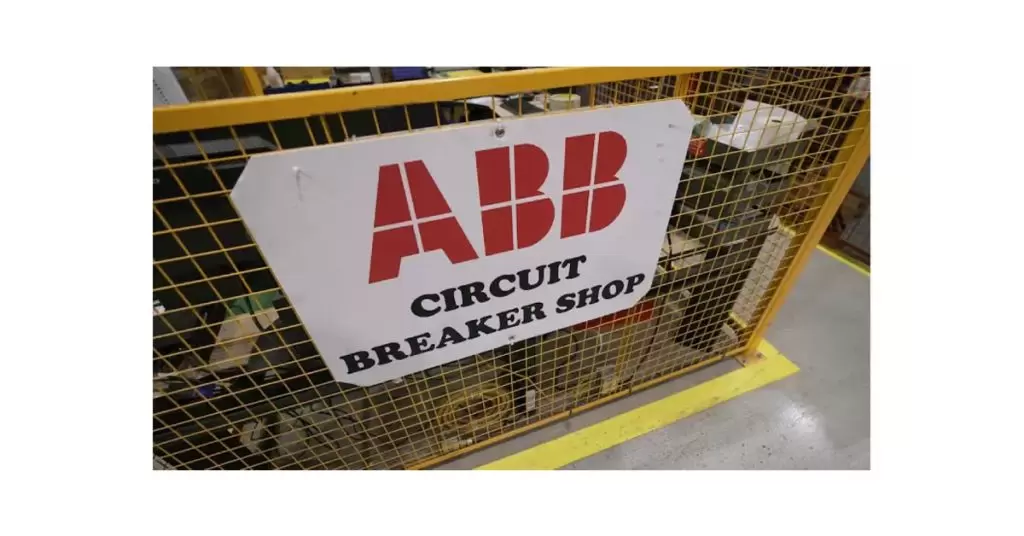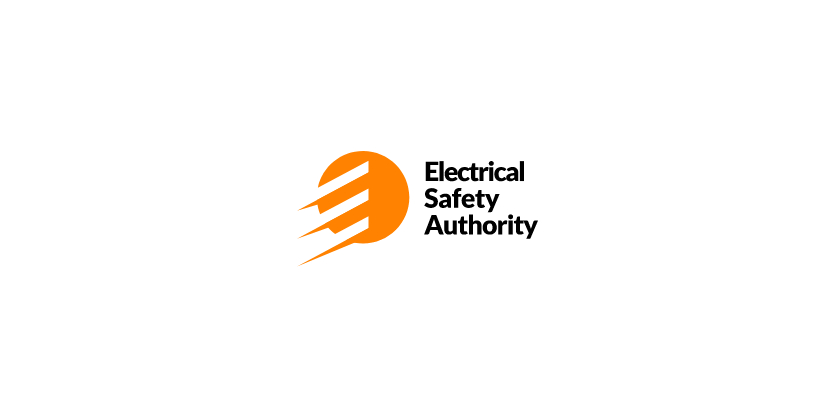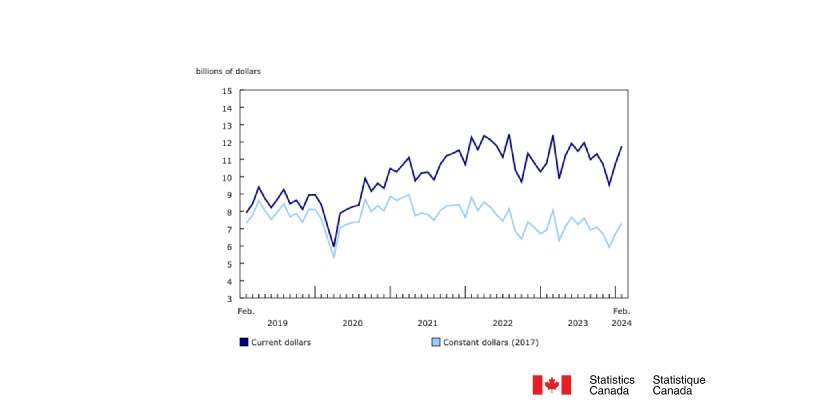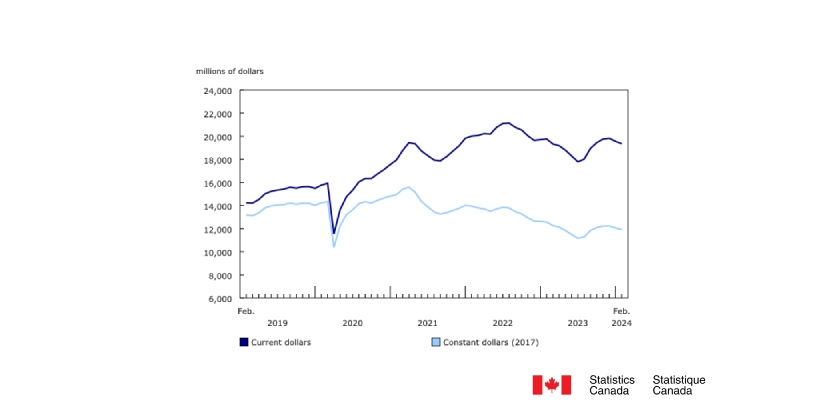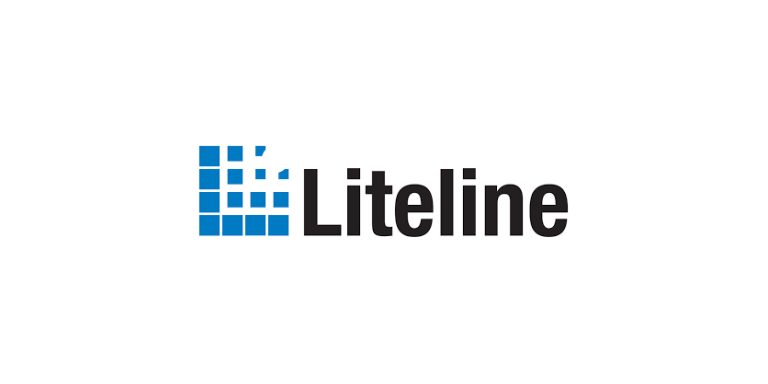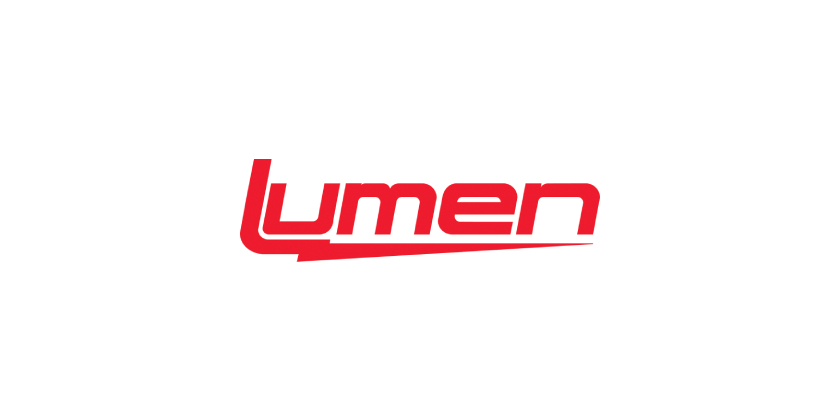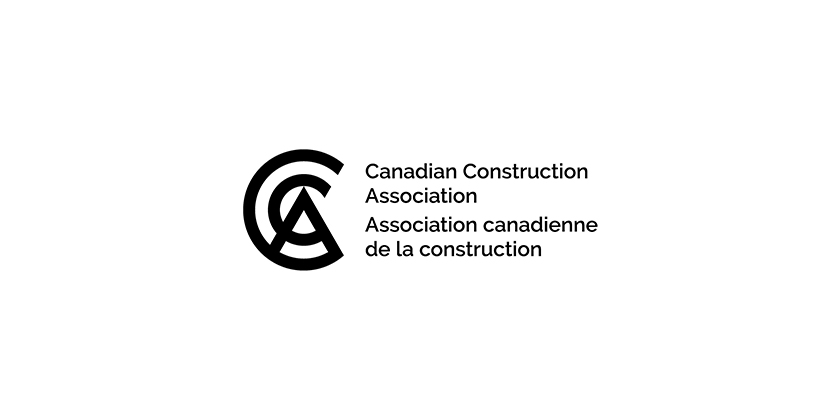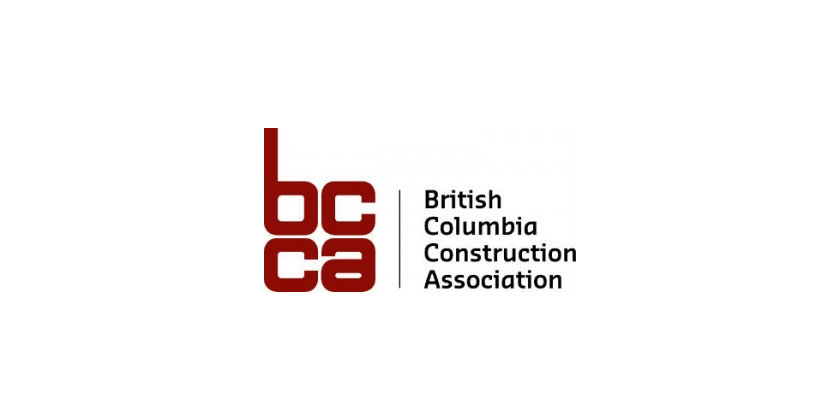Guide to the Canadian Electrical Code, Part 1 , 25th Edition – A Road Map: Section 62
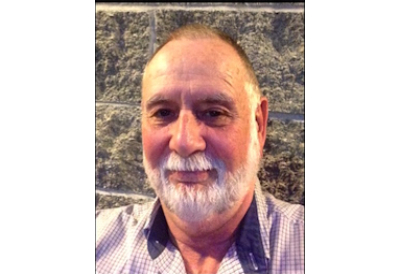
May 5, 2022
By William (Bill) Burr
The Code is a comprehensive document. Sometimes it can seem quite daunting to find the information you need quickly. This series of articles provides a guide to help users find their way through this critical document. It is not the intent of these articles to replace the notes in Appendix B or the explanations of individual requirements contained in the CEC Handbook**but hopefully provide help to navigate the Code.
Section 62 — Fixed electric heating systems.
62-000 Scope states that this is a supplementary or amendatory section of the Code and applies to the installation of electric heating systems for space heating, surface heating and other electric heating system applications. Appendix B and the CE Code Handbook provide additional information.
General
The General requirements, Rules 62-100 to 62-128, apply to all heating system installations.
Rule 62-102 provides Special Terminology definitions that apply to equipment specific to this (For additional information, see the usage marking table in Appendix B).
Rule 62-104 mandates that, in addition to the rules of this section, the manufacturer’s installation instructions, which are part of the approval of the heating device, must be followed. In addition, to ensure equipotential grounding plane safety, all electrically conductive shields, braids, sheaths and coverings and all exposed metal surfaces of heating devices must be bonded.
Rule 62-106 requires that electric heating equipment installed in special hazardous, wet or corrosive locations be specifically marked as suitable for that location.
Rule 62-108 requires that branch circuit connections:
- be made in an accessible non-combustible terminal fitting or box
- branch circuit insulated conductors must meet the temperature rating specified by the manufacturer if the point of connection can exceed 60 °C, and
- If used, the length of a tap conductor must not be less than 500mm long.
Rule 62-110 specifies that branch circuit insulated conductors
- must have an ampacity and insulation temperature rating consistent with the connected load and
- be used solely for heating device sets, except for a heat lamp that is not a sole source of heat and used in a luminaire or mounted on an outlet box and installed per Rule 8-304.
- those combination units containing heating with ventilation or lighting or both are considered heating device sets.
Rule 62-112 specifies that heating devices be installed with sufficient clearance from combustible materials to prevent them from being subjected to temperatures more than 90 °C. Table 67 provides some tabulated clearances
Rule 62-114 outlines the overcurrent protection and grouping of heating devices per Rule 8-104: (Note, the CEC Handbook provides a table)
- a separate dedicated branch circuit is required to supply every heating fixture, trace heater set, or heating panel set with an input of more than 30 A
- In residential occupancies, two or more heating fixtures, trace heater sets, or heating panel sets used for space heating may be connected to a branch circuit rated up to 30A.
- In other than residential occupancies:
- two or more heating fixtures, trace heaters sets, or heating panel sets may be grouped on a branch circuit rated up to 60 A, and
- in a balanced three-phase arrangement, three heating fixtures, trace heater sets, or heating panel sets may be grouped on a branch circuit rated more than 60A,
- Where two or more heating fixtures, trace heater sets, or heating panel sets are grouped on a single branch circuit, the non-heating leads must have an ampacity not less than one-third the rating of the branch circuit. In addition, they must be not more than 7.5 m in length, except as per Rule 4-008.
- The calculation of the load for service, feeders, or branch circuits used solely for the supply of energy to heating device sets and determined under Rule 62-118, must meet the continuous ratings of Rule 8-104.
- The ampacity for service, feeder, or branch circuit conductors supplying only fixed resistance heating loads, may be less than the overcurrent protection, provided it is not less than the load and at least 80% of the overcurrent protection. Note: A breaker rated up to 125% of the insulated conductor ampacity may be used if a standard size is unavailable.
Rule 62-116 outlines ground fault protection for electric heating systems and that this is equipment protection against fire hazards and not for shock hazards. The difference between ground fault (GF) protection and circuit interruption (GFCI) is the trip level setting: (Appendix B and the CEC Handbook provide additional information)
- For de-energizing ungrounded conductors of electric trace heater sets, heating panel sets, and fixed infrared radiant heaters of the metal-sheath glowing element type, the GF protection should be set low enough to allow the normal operation of the heater, but trip if there is a sustained high resistance arcing fault.
- For heating equipment in industrial establishments where there is maintenance by qualified persons, ground fault detection is set to indicate or sound an alarm and allow maintenance to investigate and repair.
- GF protection is not required for heating cable sets and panel sets
connected to a Class 1 extra-low-voltage power circuit supplied from the secondary of an isolating transformer that has no direct electrical connection between the primary and secondary windings, is supplied from a branch circuit operating at not more than 150 volts-to ground, and is not grounded,
Rule 62-118 provides the demand factors for service insulated feeder conductors and for heating device circuits as follows: (the CEC Handbook provides some calculation examples)
- Continuous heating devices only use 100% of the current ratings of all supplied devices.
- Cyclic heating devices only use 100% of the maximum load connected at any one time.
- Heating devices in residential occupancies provided with automatic thermostatic control devices in each heated area; use 100% for the first 10KW, plus 75% of the rest.
- Electric thermal storage heating systems, duct heaters, or electric furnaces use 100%.
- Combined loads of heating and other equipment:
- residential occupancy use, as above, plus other equipment with Section 8 demand factors,
- other occupancies, use 75% of total heating load plus other equipment with Section 8 demand factors,
- Where the non-heating load, including demand factors, is less than 25% of the heating load, use the total load with no demand factor on the heating portion.
Rule 62-120 requires that any line voltage temperature control devices be rated for the full current of the equipment they control and, when turned to a marked OFF position either manually or automatically, interrupt the line current and open all ungrounded conductors of the heating circuit.
Rule 62-122 specifies that series trace heater sets must be complete assemblies and have permanent markings not more than 75 mm from one or both ends of the non-heating leads. This requirement also ensures proper installation as per Rule 62-124.
Rule 62-124 provides the installation requirements for series trace heater sets and specifies that the heating portion, including connections, be installed in the heating area. The Rule also specifies that the series trace heater set must not be shortened and must bear the marking as per Rule 62-122. Any trace heater sets not bearing the original markings are considered to have been shortened unless instrument measurements demonstrate that the characteristics of the series trace heater set have not been altered.
Rule 62-126 permits that series trace heater sets at industrial establishments, where qualified persons trained by the manufacturer do maintenance and supervision, may be:
- repaired or spliced with the original manufacturer supplied kits if the length of the heating portion is not altered more than 3% and may be field assembled or modified with the original manufacturer supplied splice kits,
- field modified, or field assembled with the original manufacturer supplied splice and termination kits, provided that:
- the manufacturer reviews the design modification, and a permanent record is retained,
- a permanent tag with the new design information is attached in addition to the original design tag,
- tests for insulation resistance and verification of the finished heating cable set resistance are made, and
- the electrical rating is permanently marked in or on the junction box, the heating cable, or a permanent tag within 75 mm of the power connection.
- For other than industrial establishments, repairs of series trace heater sets are permitted for embedded applications such as concrete, mortar, or asphalt, provided that:
- the total installed length of the heating portion of the series trace heater set, or the total length of the heating portion of all series trace heater sets connected in series, is not changed by more than 3% from its original installed value;
- they are repaired with repair kits supplied by the original manufacturer, and the original manufacturer supplies repair tags;
- the repair tag has the revised series trace heater set’s specifications, ratings, and date of repair permanently marked and is attached beside the original tags;
- the owner retains a permanent record of all repairs; and
- tests for insulation resistance are made and recorded.
Rule 62-128 provides requirements for the installation of the non-heating leads of heating device sets, which include:
- protection of integral non-heating leads of device sets by raceways when passing through building members,
- following the requirements of Section 12 for insulated conductors that are not integral to a heating device set or are factory supplied with the heating device,
- installation of a heating device embedded in concrete, a subfloor assembly or under a floor covering,
- the location of the joint between the heating portion and non-heating leads.
Rule 62-130 restricts locating manually operated heater controls not less than 1 m from a sink, tub, or shower stall measured horizontally. However, a manually operated control may be located not less than 500mm from a sink, tub, or shower if protected by a Class A GFCI or supplied by an Extra-low voltage Class 2 circuit.
Rule 62-132 restricts locating a heating device installed less than 1.8 m above the floor to not less than 1 m from a sink, tub, or shower stall measured horizontally. However, a manually operated control may be located not less than 500mm from a sink, tub, or shower, provided a Class A GFCI protects it
Electric space-heating systems
Rules 62-200 to 62-222 provide the requirements for installing fixed electric space-heating systems. Table 67 outlines the minimum clearances of space-heating systems required by 62-200 and 62-212. Appendix B provides additional guidance.
Rule 62-202 specifies that each enclosed area within which a heater is located must have a temperature control device. However, trace heater sets and heating panel sets may extend into adjacent rooms and have a single temperature control device.
Rule 62-204 mandates a minimum separation of wiring of other circuits from heating devices and an operating ambient of 50 °C unless a minimum 50mm thickness of insulation is interposed or the heating device is marked for a lesser clearance. Other conductors located in heated concrete slabs are considered to be operating in a 40 °C ambient.
Rule 62-206 requires that central units must be installed:
- accessible for repair and maintenance,
- in large areas, unless designed for installation in an alcove or closet,
- in compliance with the clearances from combustible materials as specified on the nameplate,
- with a single disconnecting means that opens all ungrounded conductors of the circuit supplying the controller and the central unit simultaneously,
- with disconnecting means grouped, where more than one circuit is needed for the unit and controller, with signage on the central unit, and
- the disconnecting means located within sight of and within 9 m of the central unit and the controller, or in the alcove or closet where the unit and controller are installed.
Rule 62-208 governs the location of trace heater sets and heating panel sets and requires that:
- they do not penetrate or pass through walls, partitions, floors, or similar structures,
- they may be in contact with thermal insulation but not run in or through thermal insulation, however,
- single conductor trace heater sets and heating panel sets:
- without conductive shields, braids, sheaths or coverings, or
- when installed in other than industrial establishments,
maybe installed in or above ceilings not less than 2.4 m above the finished floor, providing a Class A GFCI protects them.
Rule 62-210 provides rules for the installation of heating fixtures and requires that:
- the building structure does not obstruct the heat,
- temperatures may be up to 150 °C in non-combustible material and buildings if the heating fixture is marked for this application,
- connections must be accessible, without removal of the supports, for fixtures weighing more than 4.54 kg,
- supports may be a wall outlet box, where the heating fixture does not exceed 13 kg and may be a ceiling outlet box where the heating fixture does not exceed 23 kg; otherwise, independently of the outlet box or a suitable fixture hanger,
- they are protected from mechanical damage or suitable for the application if installed less than 5.5 m above the floor in an arena, gymnasium, or similar location,
- they are not used as a raceway for circuit insulated conductors, except for the wiring channel of a baseboard heater for interconnection of adjacent fixtures on the same circuit.
Rule 62-212 provides requirements for the installation of trace heater sets and heating panel sets and specifies that:
- connections necessary to assemble a heating panel set may be inaccessible after surface finishing materials are applied,
- cutting, nailing or stapling only to be done at marked areas,
- a label affixed to the panelboard identifying the branch circuits supplying trace heater sets and heating panel sets and warning that nails, screws, or similar devices must not penetrate surfaces and locations.
Rule 62-214 specifies that trace heater sets Installed in plaster or other cementitious material must be
- completely, embedded in the non-combustible material, including the heating portion and connection to non-heating leads, and
- secured by non-damaging fastening devices suitable for the temperature involved.
Rule 62-216 specifies that trace heater sets and heating panel sets installed in gypsum board and other cementitious ceiling and wall installations must be run parallel to and with clearance not less than 13 mm on each side of the joist, stud, or nailing strip, and the entire ceiling below covered with gypsum board or other cementitious materials up to 13 mm in thickness.
Rule 62-218 specifies that trace heater sets and heating panel sets Installed under floor coverings must be installed on floor surfaces that are smooth and flat and completely covered by the appropriate floor coverings. Additionally, FCC non-heating leads may be used for connections to the branch circuit in dwelling units.
Rule 62-220 requires that where multiple infrared radiant heaters of the metal-sheath glowing element type are used on the same branch circuit, a single means of ground fault protection as described in Rule 62-116 may be used in the branch circuit.
Rule 62-222 requires that heaters for sauna rooms be:
- marked as being suitable for the purpose,
- installed in rooms that are built following the nameplate size specifications,
- fastened securely in place, ensuring the minimum safe clearances indicated on the nameplate are not reduced,
- not installed below shower heads or water spray devices,
- controlled by a timed cut-off switch having a maximum time setting of 1 h, with no override feature, mounted on the outside wall of the room, if not forming part of the sauna heater or cabinet, and that disconnects all ungrounded conductors in the circuit supplying the heater.
Electric surface heating systems
Rule 62-300 outlines that Rules 62-302 to 62-314 apply to fixed surface heating systems for pipe heating, melting of snow or ice on roofs or concrete or asphalt surfaces, soil heating, and similar applications.
Rule 62-302 requires that fixtures exposed to rainfall be provided with a weatherproof enclosure.
Rule 62-304 requires that trace heaters and heating panels installed below the heated surface and:
- installed outdoors under the surface of driveways, sidewalks, and similar locations be embedded or covered to a depth of 50 mm minimum below the finished surface and surrounded by non-combustible material throughout their length, including the point of connection to the non-heating leads,
- installed indoors and non-metallic, be not less than 25 mm from any uninsulated metal bodies located below the surface. Appendix B has some further guidance.
Rule 62-306 requires trace heater sets on or wrapped around surfaces to be secured in place by suitable, non-damaging fastening devices and installed in such a manner as to avoid damage from movement when wrapped over valves, equipment, or expansion joints in piping systems.
Rule 62-308 requires that trace heater sets and panel sets installed on non-metallic pipes, ducts, or vessels be controlled by a thermostat or other suitable temperature-limiting system so that it does not cause damage.
Rule 62-310 requires that heating panel sets installed on tanks, vessels, or pipes be secured by suitable fastening devices.
Rule 62-312 requires that permanent, legible caution labels be placed on the outermost surface of the thermal insulation or cladding of pipes, vessels, or ducts with electric heating to indicate that they are electrically traced and:
- be visible after installation,
- be not more than 6 m apart on pipe and ducts,
- be not more than 6 m apart measured circumferentially on tanks or vessels with not less than two labels per tank or vessel, and
- have additional caution labels on or near associated equipment that may have to be serviced.
Rule 62-314 governs the requirements of skin effect heat tracing, which is a special form of heating in which an insulated conductor is run inside a ferromagnetic envelope as part of a certified system and requires that skin effect trace heating conforms to the following installation requirements:
- ferromagnetic envelopes, ferrous or non-ferrous metal raceways, boxes, fittings, supports, and support hardware may be installed in concrete or in direct contact with the earth,
- the ferromagnetic envelope must be grounded at the power connection and end termination enclosure(s),
- the skin effect trace heating system must be supplied from an isolating transformer, with the secondary not grounded,
- the provisions of Rule 10-106 do not apply to the installation of skin effect trace heating systems,
- the junction box containing the connection to the distribution wiring must be accessible; however, other parts of a skin effect trace heating system may be buried, embedded, or otherwise inaccessible,
- the provisions of Rule 12-3022 7) do not apply, and
- Skin effect trace heating circuits must meet the requirements of IEEE 844.2/CSA C293.2
Impedance heating
Rules 62-316 and 62-318 apply to Impedance heating, previously called pipeline resistance heating in earlier editions of the Code.
Rule 62-316 requires that pipe and equipment using impedance heating conform to the following:
- the voltage applied to the piping and equipment must not exceed 132 V for ordinary locations and 30 V for installations in hazardous locations and be supplied from an isolating-type transformer,
- ground fault protection must be provided for all installations where the applied voltage exceeds 30 V or the installation is in a hazardous location, as specified in Table 70,
- where the applied voltage exceeds 30 V but does not exceed 80 V, the installation must be provided with guarding to prevent unauthorized access and must be maintained only by qualified persons,
- for voltages exceeding 80 V, the pipe and equipment must be completely enclosed in a metal enclosure that is connected to a bonding conductor, and the isolation transformer secondary connections to the pipe and equipment must be completely enclosed in metal mesh or an equivalent enclosure that is connected to a bonding conductor,
- the heating circuit must only be bonded to ground for configurations specified in Table 70,
- pipe hangers and supports must be made of insulating material or have insulating bushings,
- pipes and equipment must have a minimum clearance of 100 mm from adjacent material and each other, except from hangers or supports,
- pipes passing through walls, floors, or ceilings must be bushed with insulating bushings or have 100 mm of clearance as required above,
- vertical runs of piping must be supported at least every 6 m or at each floor, whichever distance is less and must be firestopped at each floor,
- horizontal runs of pipe must be supported at least every 3 m,
- pipes and equipment that are part of the impedance heating circuit must be electrically isolated as specified in Table 70 and guarded or shielded,
- all pipes and equipment used for conductors in the impedance heating electrical circuit must be of the same diameter and made of the same material,
- electrical connection joints must be at least as electrically conductive as the adjacent pipe and equipment, such as provided by welding or bonding,
- impedance heating circuits must meet the installation requirements of IEEE844.4/CSA C293.4 standard for impedance heating of pipelines and equipment.
Rule 62-318 states that in addition to Section 18, trace heating systems installed in hazardous locations must meet the installation requirements in CSA Standard C60079-30-2.
Other heating systems
Rules 62-400 to 62-410 apply to other heating systems that are not space or surface heating systems, such as internal pipe heaters, immersion heaters, and hot water tanks.
Rule 62-400 requires trace heaters and panel sets installed within pipes, ducts, or
Vessels to be:
- suitable for the application,
- pass through a suitable gland,
- installed in such a way to prevent flooding of a metal raceway containing the non-heating leads if the gland fails, and
- controlled by a thermostat or other suitable temperature-limiting system to prevent damage to the pipe, duct, or vessel.
Rule 62-402 requires that the overcurrent protection for storage-tank water heaters and associated service, feeder, and branch circuit conductors comply with Rule 62-114
Rule 62-404 outlines installation requirements for infrared drying luminaires as follows:
- medium-base types are permitted to be used with lamps rated at 300 W or less,
- screwshell luminaires are not to be used with lamps rated at more than 300 W unless intended for the purpose, and
- in industrial establishments, luminaires may be operated in series on circuits of more than 150 volts-to-ground where adequate spacings for the higher circuit voltage are provided.
Rule 62-406 applies to induction and dielectric heating and requires that:
- the overcurrent device in circuits supplying non-motor-generator equipment may be rated at not more than 200% of the ampacity of the circuit insulated conductors,
- a readily accessible disconnecting means rated not less than the nameplate rating of the heating device, be provided to disconnect each heating device from its supply circuit, and be located within sight and within 9 m of the heating device unless the disconnecting means can be locked in the open position,
- A readily accessible disconnecting means, having a rating following Section 28, be provided for each generator or group of generators at a single location, and
- the supply circuit disconnecting means may be used as the disconnecting means if the circuit supplies only one motor-generator, vacuum tube, or solid-state converter.
Rule 62-408 requires that a bare element water heater be:
- supplied from a grounded system,
- permanently connected to a branch circuit that supplies no other equipment,
- protected by a Class A type ground fault circuit interrupter, and
- not located within 1.5 m of the heated water point of utilization.
In the next installment, we will be discussing Section 64 — Renewable energy systems
Source: CSA C22.1:21, Canadian Electrical Code, Part 1 – Safety Standard for Electrical Installations. © 2021 Canadian Standards Association. Please visit store.csagroup.org. With the permission of CSA Group, material is reproduced from CSA Group standard CSA C22.1:21, Canadian Electrical Code, Part 1 – Safety Standard for Electrical Installations. This material is not the complete and official position of CSA Group on the referenced subject, which is represented solely by the Standard in its entirety. While use of the material has been authorized, CSA Group is not responsible for the manner in which the data are presented, nor for any representations and interpretations. No further reproduction is permitted. For more information or to purchase standard(s) from CSA Group, please visit store.csagroup.org or call 1-800-463-6727.
William (Bill) Burr is an associate member of the Canadian Electrical Code, Part 1, Technical Committee and formerly Chair of the Canadian Advisory Council on Electrical Safety (CACES), Chief Electrical and Elevator Inspector for the Province of BC & the Northwest Territories, Director of Electrical and Gas Standards Development and Director of Conformity Assessment at CSA Group. Bill can be reached at Burr and Associates Consulting billburr@gmail.com.



